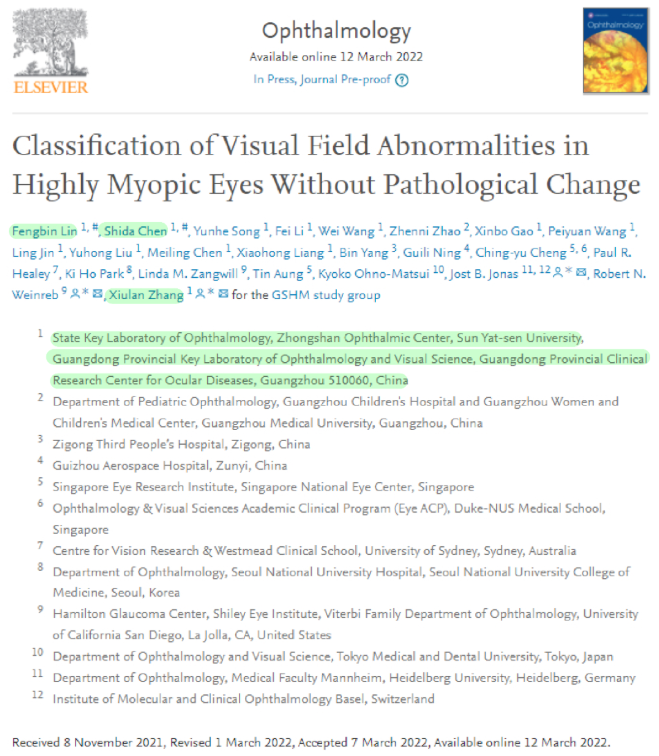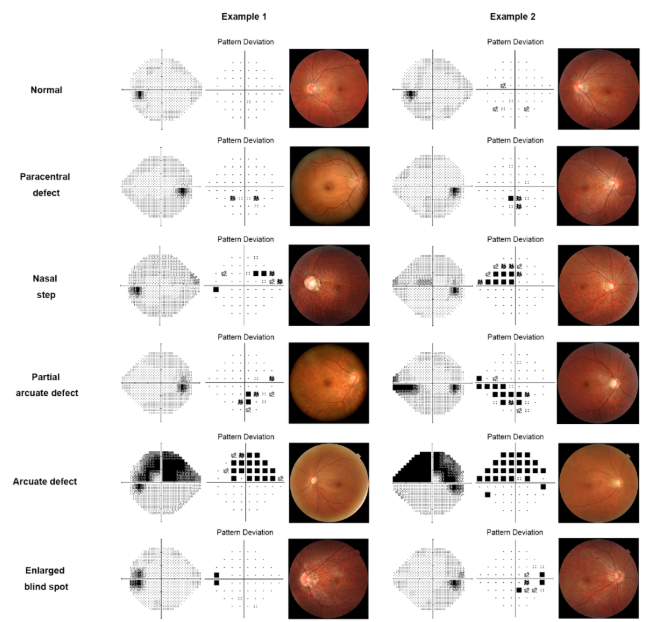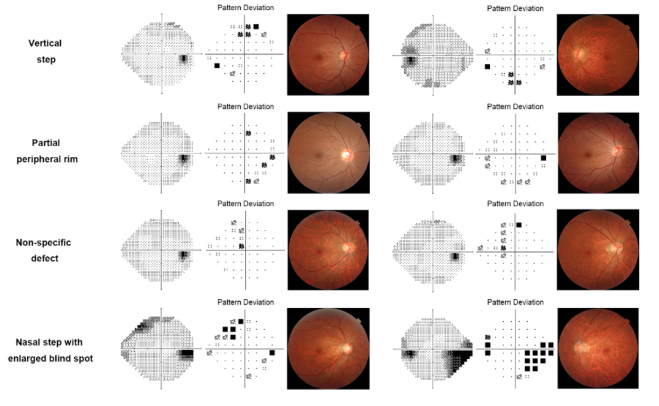The following article comes from the subscription number of Zhongshan Ophthalmic Center, written by Professor Zhang Xiulan
On March 12, 2022, ophthalmology, the No. 1 International Journal of Ophthalmology, published the original long paper of Professor Zhang Xiulan's team on the classification of visual field abnormalities in high myopic eyes without pathological change, To provide visual field classification criteria for the diagnosis, treatment and follow-up of the growing group of patients with high myopia and glaucoma. This is the third original long article published by the team in ophthalmology magazine since August last year.

High myopia has swept the world, seriously endangering eye health. According to statistics, in 2000, about 163 million people worldwide suffered from high myopia (accounting for 2.7% of the total population), which is expected to increase to 938 million (accounting for 9.8% of the total population) by 2050. It is worrying that high myopia often has a very high probability of glaucoma, the risk is nearly 6 times higher than that of healthy people, and the probability of glaucoma optic neuropathy is as high as 30%. However, clinically, it is difficult to diagnose this type of patients in the early stage, and there is a lack of unified treatment plan. To this end, Professor Zhang Xiulan took the lead in organizing scientific research in 2019, including 12 top experts in high myopia, glaucoma and epidemiology from 7 countries, and jointly established the global glaucoma suspects with high myopia study group (GSHM for short, see the table below).
With the support of the clinical research center platform of Zhongshan ophthalmology center and the construction project of high-level hospital in Guangdong Province, two cutting-edge clinical studies were carried out at the same time, the first cohort study of high myopia combined with bluish green light (clinicaltrials.gov registration number nct04302220, BMJ open 2020; 10: e039183; 1500 people have been included at present), The second clinical randomized controlled trial of high myopia with glaucoma (clinicaltrials.gov registration number nct04296916, trials 2020 SEP 29; 211 (1)). This series of studies will provide a solid evidence-based medical basis for early detection, early diagnosis and early treatment of patients with high myopia complicated with glaucoma. At present, more than 10 relevant high-level works have been published in this series of research, and one invention patent has been authorized.
Core member of GSHM study group
01 Zhang Xiulan
Sun Yat Sen Ophthalmic Center of Sun Yat sen University, member of the World Glaucoma elite research society, academician of the Asia Pacific Academy of Ophthalmology, director of the Asia Pacific glaucoma society, and leader of the GSHM collaboration group
02 Robert N. Weinreb
University of California, San Diego, Shiley Institute of Ophthalmology, Hamilton glaucoma center, former president of the world glaucoma society
03 Jost B. Jonas
Mannheim School of medicine, University of Heidelberg, Germany, academician of the German Academy of Sciences, expert on high myopia and glaucoma
04 Neil M. Bressler
Director, Department of retinas, Wilmer Institute of Ophthalmology, Johns Hopkins University
05 David Friedman
Director of glaucoma center, Massachusetts Eye and Ear Hospital, Harvard University
06 Kyoko Ohno-Matsui
Head of Department of Ophthalmology and visual science, Tokyo Medical and Dental University, Japan, expert on high myopia
07 Tin Aung
Director of the National Eye Center of Singapore and former president of the World Glaucoma Society
08 Ki Ho Park
Chairman of Asia Pacific glaucoma society, ophthalmology, Seoul National University, Korea
09 He Mingguang
Sun Yat Sen Eye Center, Sun Yat sen University, director of ophthalmic epidemiology, University of Melbourne
10 Ching-yu Cheng
Head of Epidemiology Group and data science group, National Institute of Ophthalmology, Singapore
11 Paul Healey
Member of the board of directors of the world glaucoma society, visual research center of the University of Sydney and Westmead School of clinical medicine, Australia
12 Linda M. Zangwill
Director, clinical research center for glaucoma, University of California, San Diego, Hamilton
This work is part of a series of GSHM studies. Based on 1893 reports of non pathological high myopia visual field, combined with the previous visual field classification standards, through the multi-national connection and discussion of GSHM core members, a consensus was finally reached, and a new standard for the classification of non pathological high myopia visual field was innovatively proposed. The standard consists of four categories and 10 visual field types (see Figure 1 below), including normal visual field, glaucoma like visual field defect (paracentral dark spot, nasal ladder, partial arcuate defect, arcuate defect), high myopia related visual field defect (physiological blind spot enlargement, vertical ladder, partial edge defect, nonspecific defect) and combined defect (nasal ladder combined with physiological blind spot enlargement); The reliability of the classification standard in reality is verified through the inter group and intra group of two domestic units( κ Value ≥ 0.86).
Based on the above new visual field classification criteria, it is reported for the first time that in the population of non pathological high myopia, the normal visual field is the main (74.1%), followed by glaucoma like visual field defect and high myopia related visual field defect (10.8% and 15.0% respectively), and the combined defect is the least (0.1%) (see Figure 2 below). The proposal and formulation of the new visual field classification standard will not only provide a new tool for clinicians to quickly identify and diagnose glaucoma like visual field defects, but also provide a basic framework for the study of high myopia complicated with glaucoma, so as to facilitate the comparison between different clinical trials and epidemiological studies. The research team also found that 25.9% of non pathological high myopia patients have visual field defects, but those without obvious symptoms are the key population for future research. The team will report the long-term follow-up changes of different visual field types to provide basis for early treatment.


Figure 1 new standard visual field classification and corresponding fundus color photography performance

Figure 2 distribution proportion of 10 new standard visual field types in four categories
Dr. Lin Fengbin and Dr. Chen Shida of Zhongshan Ophthalmic Center of Sun Yat sen University were the co first authors of the study. Professor Zhang Xiulan of Sun Yat Sen Ophthalmic Center of Sun Yat sen University (the last corresponding author), Professor Robert n. Weinreb of Shiley ophthalmic Institute at the University of California, San Diego, and Professor Jost B. Jonas of Mannheim School of medicine at the University of Heidelberg in Germany and Institute of Ophthalmology molecular and clinical research in Basel, Switzerland were the co corresponding authors. Sun Yat Sen Ophthalmic Center of Sun Yat sen University, State Key Laboratory of Ophthalmology and Guangdong Clinical Medical Research Center for eye diseases are the first units.